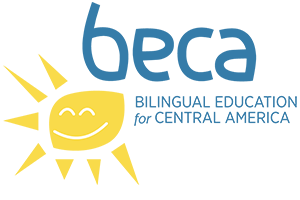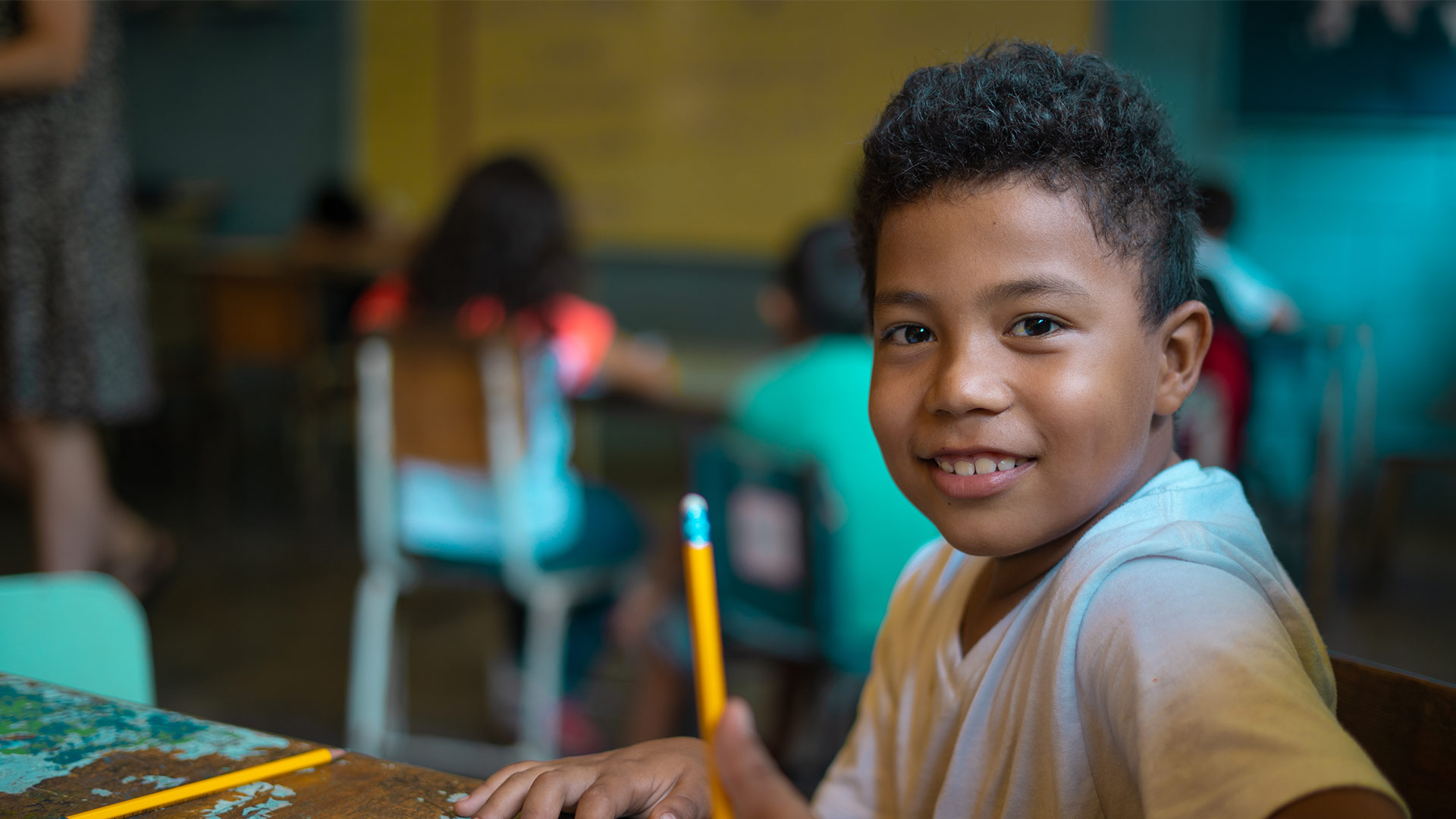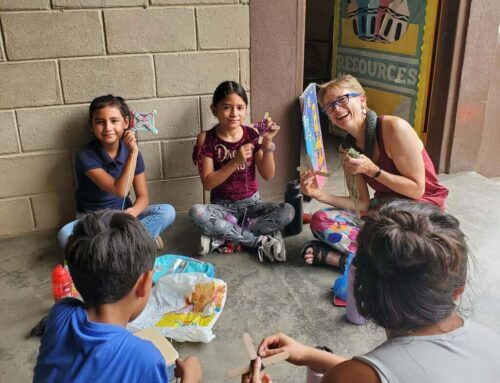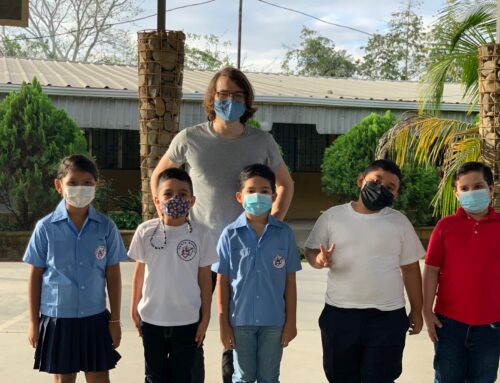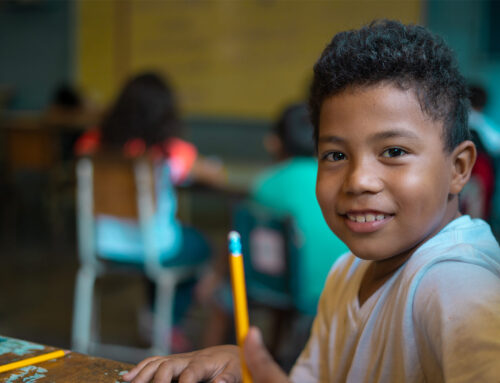Earlier this month, President Obama made frontpage news when he called the massive influx of Central American child migrants to the United States “an urgent humanitarian issue.” He begged Central American parents to stop sending their children, and warned teenagers that they would only be set back to their home countries. The President also dispatched Vice President Biden to Central America to discuss ways of stemming the mass exodus to the United States.
Since October alone, a stunning 52,000 underage immigrants have been caught at the border. The immgirants arrive almost exclusively from Mexico, Guatemala, El Salvador, and Honduras. Vice President Biden accurately diagnosed the reason child migrants chose to come to the US: their homelands are violent and dangerous, and educational and work opportunities are limited.
I have seen evidence of this mass migration first hand from both sides of the border. As a law student in an Immigrant Rights group, I had the opportunity to visit one of the “holding facilities” where young migrants are processed and kept while they wait to be deported. I am currently south of the border working for a different nonprofit in rural El Salvador. When I visited the local high school, I found out that amazingly 25 of the 150 first year high school students have dropped out to risk entering the United States.
President Obama is correct that “an urgent humanitarian” crisis is at hand. But he was referring to the housing of the child migrants in the United States, which while irrefutably important, is not the critical question at issue. The question the Preisdent and the United States should be asking is: How can conditions in Central America be altered such that children will no longer feel the need to risk their lives hopping trains in Mexico and swimming the Rio Grande in order to have a life with hope and opportunity?
The BECA Solution
In seemingly unrleated this news, San Jeronimo Bilingual School (SJBS), BECA’s first school, will hold its first ever reunion party this month. Founded in 2004, SJBS graudated its first students in 2007 and now has graduated 95 students. The school is located in Cofradia, Honduras, twenty five minutes out of San Pedro Sula. For several years running, San Pedro has had the unfortunate honor of being the most dangerous city in the world (note: in ten years there have been no incidents with teachers because they are so highly valued by the community). SJBS, in other words, is located at the epicenter of a crisis that is causing tens of thousands of children to leave for the United States.
Yet in spite of its location, a grand total of zero SJBS graduates have come to the United States illegally. There are three SJBS graduates who live in the United States now: one, Maragarita Velez is an American citizen that spent most of her childhood in Honduras only to return to the US for high school, while the other two, Kervin Zamora and Stephania Ortega, earned full academic scholarships (and student visas) to prestigious private schools in the U.S. Kervin is now entering his senior year at the University of Delaware, while Stephania will be a junior at John Carroll high school in Bel Air, Maryland.
It’s not as if BECA teachers tell their students not to enter the United States without documents. As a former English teacher who does not misuse the word “literally”, I can say the topic literally never came up. What SJBS and other BECA schools actually do is open doors and bring about opportunites for students that never would have existed without BECA in their community.
English skills are increasingly important in a more globalized world. San Pedro Sula is home to a number of call centers where the only required skill is English. Businesses that cater to tourists such as hotels, resorts, and expensive restaurants often mandate English proficiency. Honduran companies that do business with the United States are desperate for workers with English skills.
This, of course, has led to a multiplication of bilingual schools in Honduras. In general, there are two types: elite schools with tuitions larger than the income of the average Honduran and shoddy schools where the teachers themselves can barely communicate in English or are meandering backpackers that may or may not be in the country next Tuesday (it is no surprise that four SJBS graduates have already been hired as bilingual school teachers even though they have yet to complete their studies in college). BECA schools are completely unique: we cater to poor communites and humble families, but provide a top-knotch education, not only in English but in all subjects. Our teachers are young and energetic, and instill an academic culture in our students and families unheard of in the rest of Honduras. Our graduates in college are studying medicine, engineering, public policy, business, and education among a number of fields.
If Americans want fewer child migrants trekking across our border, we need to find a way to help Cental Amrica create more SJBS’s, not harshen deportation policies. Money currently spent on housing and sending away illegal immigrants would be much more wisely spent in the future on bilingual education for Central America.
We Learn Too
Unlike most teacher blog posts, this piece has been largely impersonal. That’s just who I am: when I was a teacher in 2012-2013 one of my fellow teachers noted that my personal blog consisted mainly of posts about public policy while my companions tended to write about what they ate for breakfast.
Let me say, however my experience with BECA has changed my life. I arrived in Cofradia as a newly minted college graduate overimpressed with his own intelligence. I left a year later a more mature young man proud of what he has accomplished in the world. Nor is my feeling unique: teachers care deeply for their students and most continue to visit the community long after their teaching tour is over. I, myself, am headed back in two weeks to organize the reunion party. And I could not be more excited to see the kids that changed my life.
